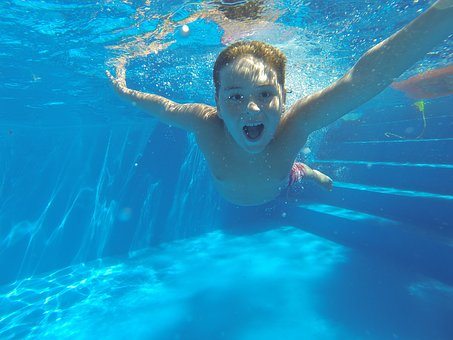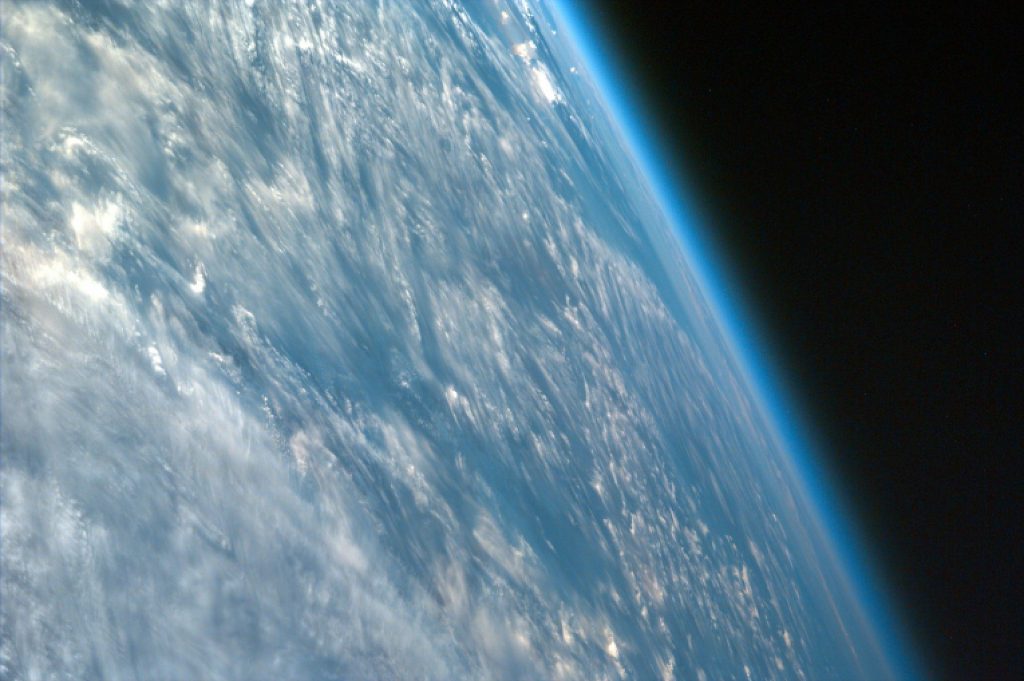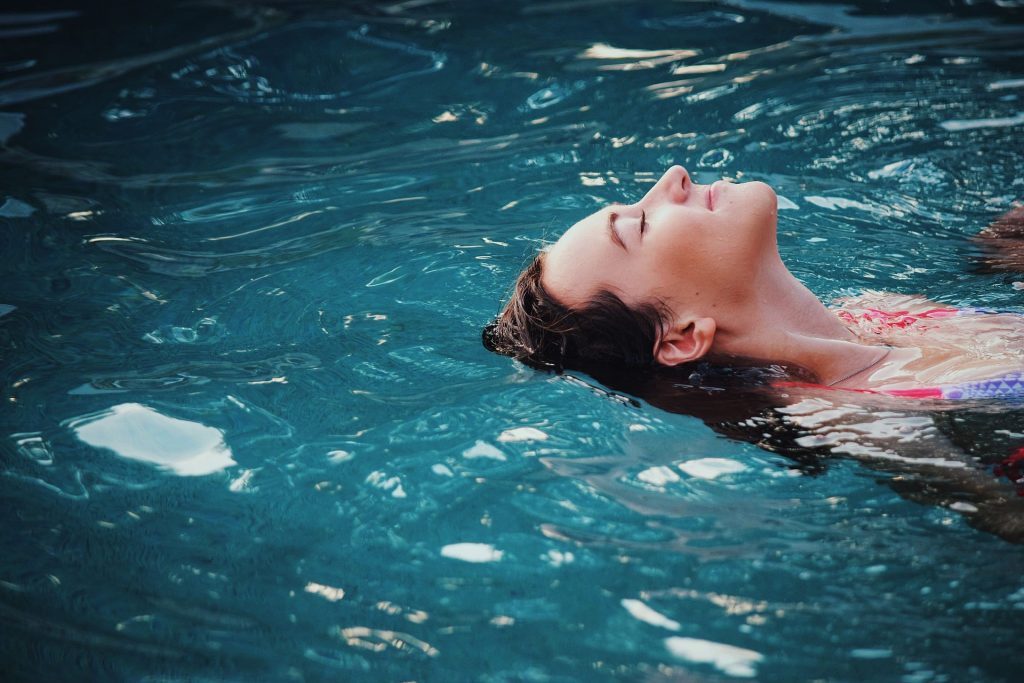By now, most pool owners understand the importance of minimizing the amount of wasted water that flows in and out of their pools. A big win! Reducing water waste is a simple solution to a straightforward problem: the less water we lose through evaporation, aeration, and structural leaking, the longer we’ll be able to conserve our natural resources. But pool conservation efforts don’t end there. It’s time to look at how to reduce chemical use in swimming pools.
It’s no secret that earth’s ecosystems exist in a delicate web of interconnectedness. So it should come as no surprise that the chemicals we so often throw into our pools without a moment’s thought have an impact on all biological life they touch; that encompasses everything from plants to the soil, to humans. We’ve gotten so used to the bleachy smell of chlorine at a swimming pool that we’ve all but forgotten that it is in no way benign. This isn’t meant as a scare tactic — most casual swimmers aren’t going to have a severe reaction to taking a dip in a pool with chlorine — but when we’re looking at the big picture of water conservation and environmental impact, it’s worth examining the chemicals we add to the mix.
An Alternative to Chlorine
The solution to chemical use in pools rests in a natural, inorganic molecule that everyone has heard about but very few understand–Ozone.

Ozone is that lovely protective haze surrounding the earth; the thing that keeps us from being fried from the sun’s ultraviolet rays. And believe it or not, it’s also a non-chemical method for pool sanitation. It’s worth noting that an ozone generator in a pool won’t completely erase the need for chemicals, but it will dramatically lessen the amount, like 60 to 90 percent less. Not bad.
Think of it as the “Reduce” part in Reduce, Reuse, Recycle.
A Little History (and Science)
At its most basic, ozone is three little oxygen molecules (O3) that join together after an O2 molecule gets split by something like lightning or the UV rays of the sun (thus earth’s protective layer). It turns out that triple-charged oxygen sanitizes water, doesn’t affect pH, and leaves no toxic by-products. Pretty cool, planet. Pretty cool.

In 1893, just over 50 years after scientists first discovered O3, the city of Oudshoorn in the Netherlands became the first to find a technical application for ozone. They used it to treat drinking water. By 1916, Europe had 49 ozone installations. But with the uptick in WWI toxic gas research, chlorine was developed and ozone treatments fell to the wayside. They’ve only started making a comeback since the recent discovery of the harmful disinfection by-products of chlorine.
How Ozone Cleans a Pool
The process that ozone enacts on water is essentially that of oxidation. There’s another word that most of us think we know until we actually try to explain it. Shout-out to all the scientists in the world — we appreciate you.
To oxide a substance, say water, is simply to add oxygen to it. And if you add three oxygens, you’re in even better shape, right? Well, that’s not quite accurate. What actually happens is that the third oxygen atom breaks off and combines with/neutralizes the contaminants like algae, bacteria, and body oils found in water. It’s akin to the idea of watering a substance down, only technically I suppose you’re airing it down.

One of the practical implications of using an ozone generator instead of chlorine to sanitize pool water is that while chlorine is an additive, O3 is really more of a treatment. You have to add chlorine tablets to the water, and then when you go for a dip you’re swimming in both the water and the chemical. But with ozone treatment, the water is all sanitized naturally before it circulates through the pool. That’s just another way of saying there are no unsavory by-products left behind.
It’s no coincidence that some of the most elegant solutions to humanity’s overuse problems come from nature. The planet has had a lot longer to solve these conundrums than we humans have. It’s time we take a page from her book.
More details on how to care for your pool can be found at these suggested links from the Water – Use It Wisely resources page:
- Pools and Spas: Water Saving Tips and Technologies
- How to Drain or Backwash Your Pool
- Using Swimming Pool Water on Plants
- Saving Water in Swimming Pools: 5 Ways to Cut Evaporation
- Saving Water in Swimming Pools: 5 Ways to Cut Pool Water Loss
From time to time, Water – Use It Wisely features guest bloggers who write about topics related to water and water conservation. This featured blog is courtesy of Blue Haven Pools and Spas. To read more about pool health and conservation, visit bluehaven.com.


